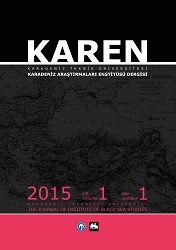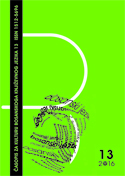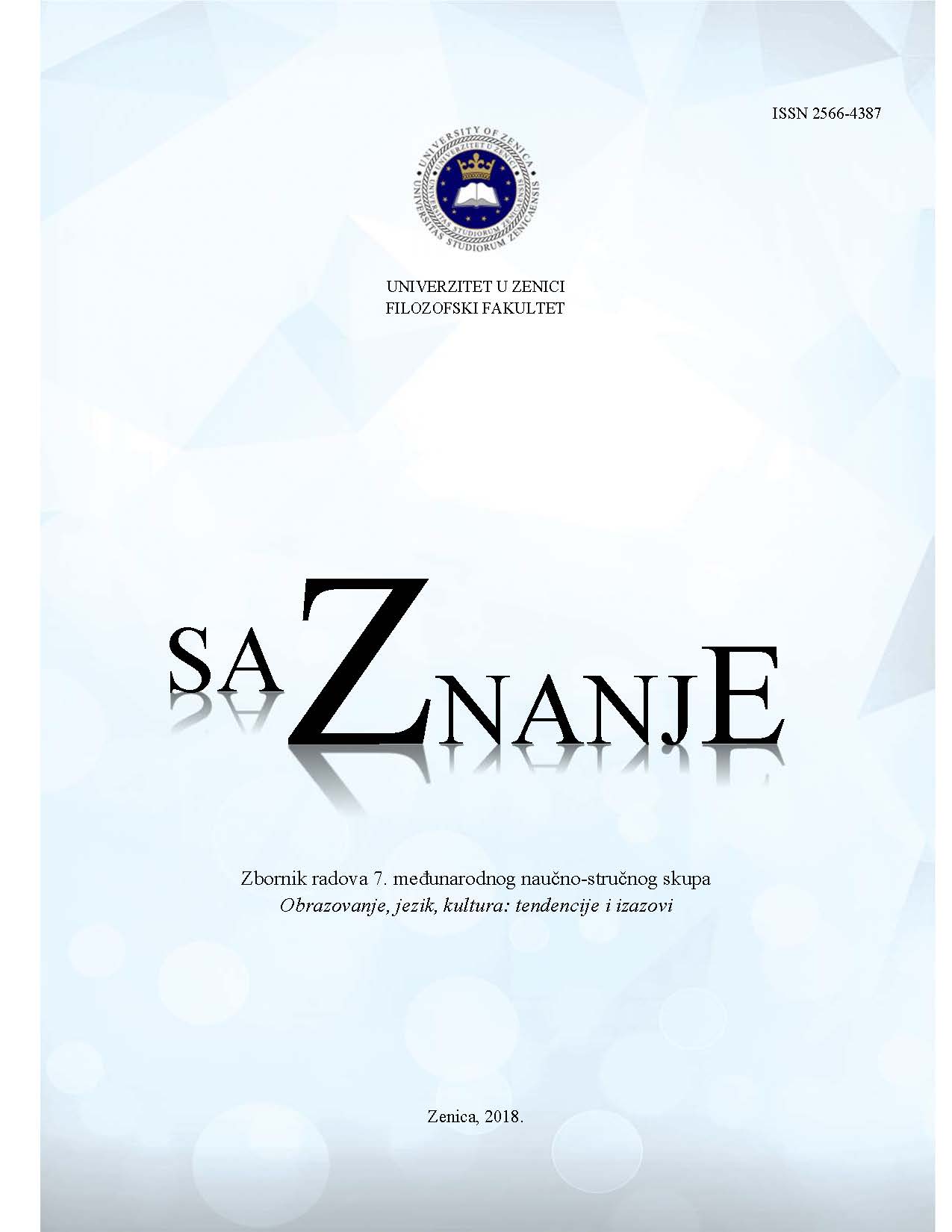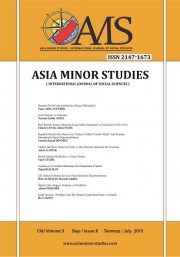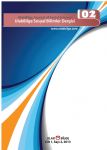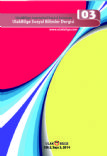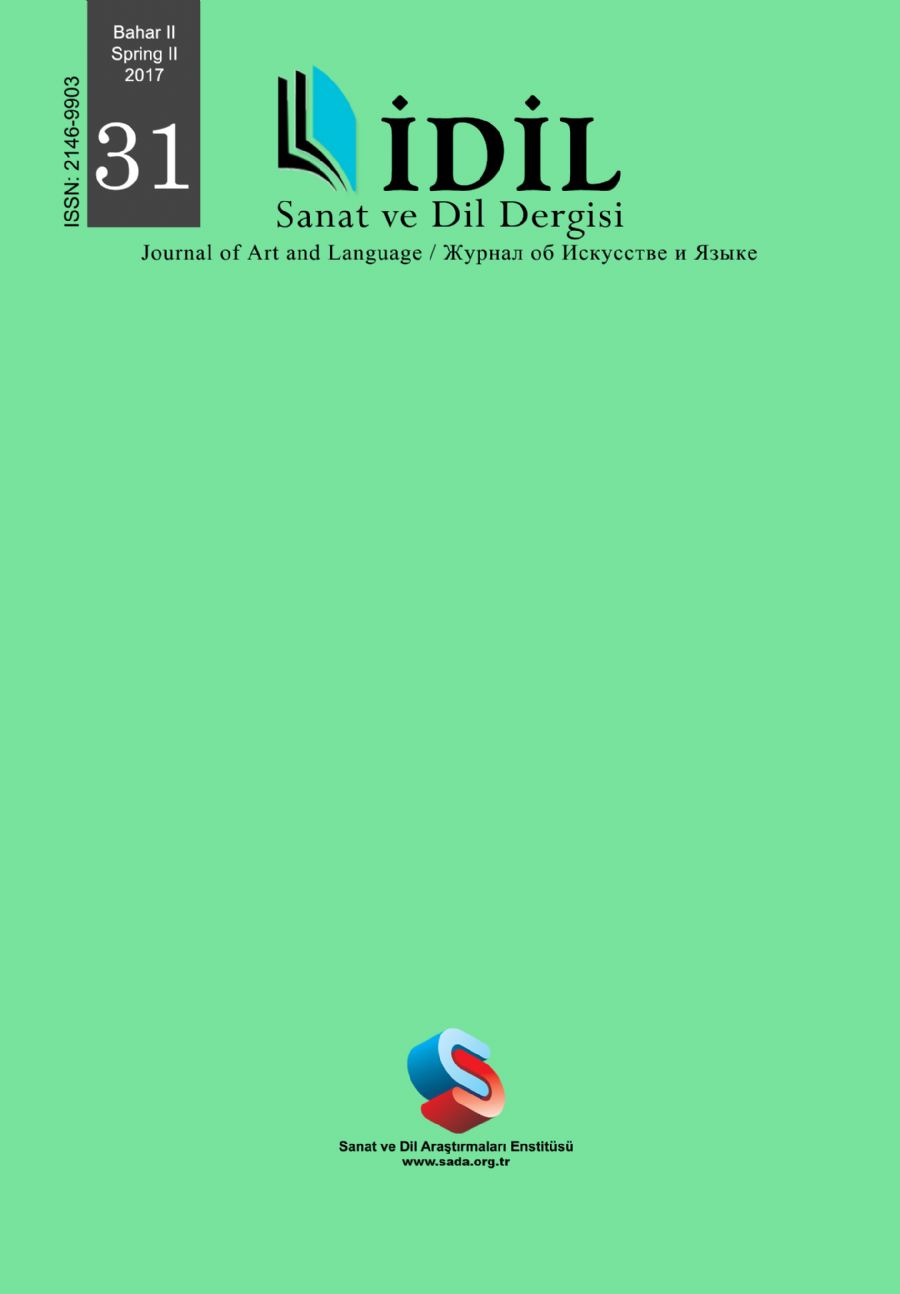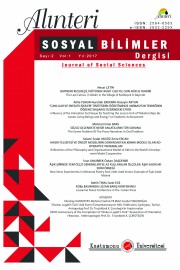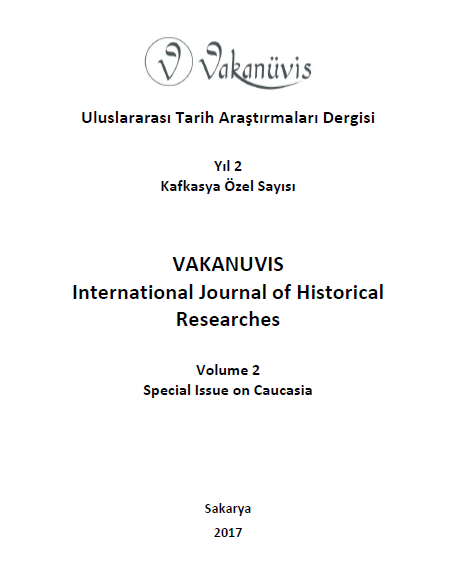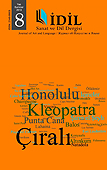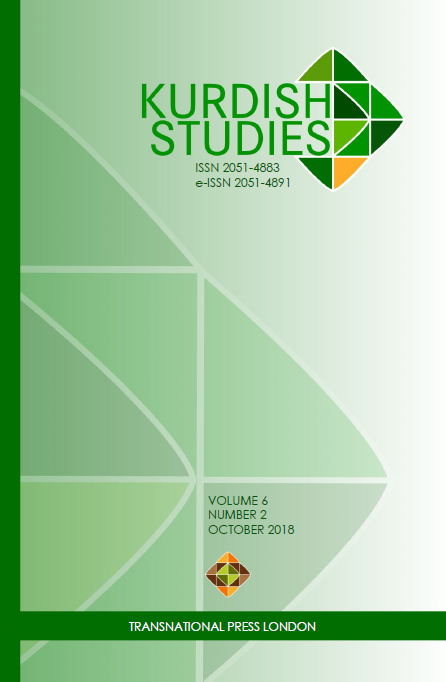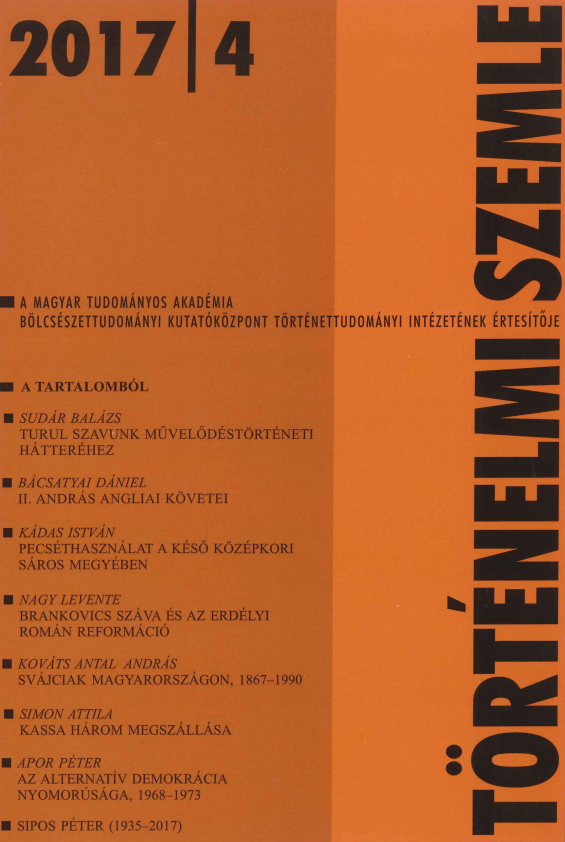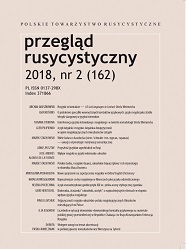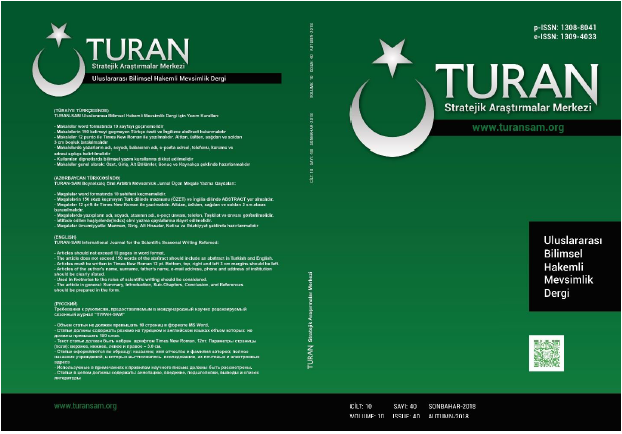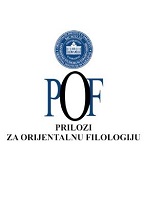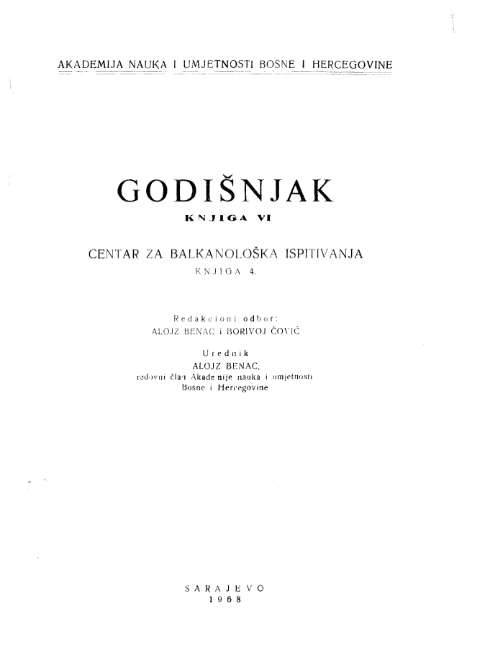Author(s): Alois Schmaus / Language(s): Serbian
Issue: 6/1968
Ausser zahlreichen Lehnwörtern und Redewendungen („Turzismen"), die in den Jahrhunderten osmcnischer Herrschaft in die Balkansprachen eingedrungen sind und denen bisher das Hauptinteresse der Forschung galt, haben diese Sprachen ihre grammatische Struktur im wesentlichen unversehrt bewahren können. Immerhin kam es dort, wo der türkische Einfluss besonders stark wirkte, zu Interferenzerscheinungen im Bereich der Phonologie, Morphologie und Syntax, so vor allem in den muslimischen Zentren von Bosnien und Herzegovina. Hierher gehört — abgesehen von der Phonematisierung des di — der Ausgleich bzw. Zusammenfall der palatalen (ć — đ) und nichtpalatalen Affrikaten (č — dž) und in einer späteren Phase, aber nicht mehr zu Ende geführt, die neuerliche Differenzierung nach türkischem Vorbild (für tk. k’— g , ç — c ) in Verschlusslaute k — g, und Affrikaten č — đ, so dass sich Dubletten vom Typ äerdan: gerdan ergaben. Gegenüber dem tk. Doppelsuffix -çi, -ci, (progressive Assimilation), wie es sich in Bosnien-Herzegovina vielfach erhalten hat (inačija), hat sich im übrigen štokavischeii Gebiet erst nach Ablösung und Verselbständigung der Suffixform -diija das skr. Gesetz der regressiven Assimilation durchgesetzt (inadiija). Im Bereich der Morphologie ist die auffälligste Erscheinung die Vermehrung der Indeklinabilia, besonders der Adjektiva auf -U. Das Fehlen der Motion erlegte dem Gebrauch gewisse Beschränkungen auf: attributiv gebraucht, können sie nur vor dem Substantiv stehen, prädikativ werden sie nur ausnahmsweise verwendet. Während andere tk. Adjektiva auf Grund ihrer Form (bajal) oder nach Erweiterung durch eigensprachliche Suffixe ( ćor-av, bakr-en) ihre Wortart eindeutig bestimmten und damit rasch in die morphologische Struktur integriert wurden, beweisen hybride Bildungen mit -li (slrukali, modali), dass die Formen aut -li zwar als Adjektiva aufgefasst wurden (wohl wegen des Nebeneinanders von demir-kapija: demirli pendier), aber den erwähnten Beschränkungen unterworfen blieben. Dagegen schwanken konsonantisch auslautende tk. Adjektiva vielfach zwischen Adjektiv und Substantiv (haki'. uz: batli: batlija; dinsitz, sariioš), da sie in ihrer Form an mask. Substantiva erinnern. Bei Nachstellung der Adjektiva auf -li wird — wohl nach dem Typ hadii- 4- Name: (selbständig) hadiija — nur die erweiterte Form auf -Hja verwendet, die zwar nicht den Wechsel des Genus, aber mit ihrer substantivischen Deklination die Bezeichnung des Numerus und Kasus gestattet (ćurak samurlija). Aber die Form auf -lija wird aus dem eigenen Sprachgefühl leicht als Substantiv empfunden und neigt daher dazu, sich als solches, meist mit einer spezifischen Bedeutung, zu verselbständigen (čardaklija, ođžakltja, kapullija). In der Syntax wären ausser Interjektionen, Partikeln und Konjunktionen besonders für die Gestaltung der umgangssprachlichen expressiven Rede vor allem die sogenannten „phraseologischen Verba” zu erwähnen, Nach tk. Muster (Abstraktum + etinek, eylemek) bildet man r rieh skr. Umschreibungen wie seir učimti (eig.: 'Betrachtung anstellen'; tk. seyir) und konstruiert sie — wiederum nach türkischem Vorbild — genau wie regelrechte transitive Verba (seiriti) mit Akkusativobjekt. In allen diesen Fällen hat die intensive Wirkung der „Modell” spra che sogar die Struktur der Empfängersprache beeinflusst, vor allem in Gebieten mit stärkerer mohammedanischer Bevölkerung und ausgeprägterem Bilinguismus. Der Einfluss war nicht so tiefgehend und nachhaltig, dass er die eigene Sprachstru-ktur auf die Dauer empfindlicher gestört hätte. Vieles davon ist verhältnismässig rasch wieder rückgängig gemacht worden. Trotzdem verdienen Interferenzphänomene dieser Art unsere volle Aufmerksamkeit, da sie eine richtigere Vorstellung von der Dynamik sprachlicher Kontaktprozesse, von der aktiven Rolle beider Partner in der Auseinandersetzung zweier grundverschiedener sprachlicher Systeme vermitteln.
More...
